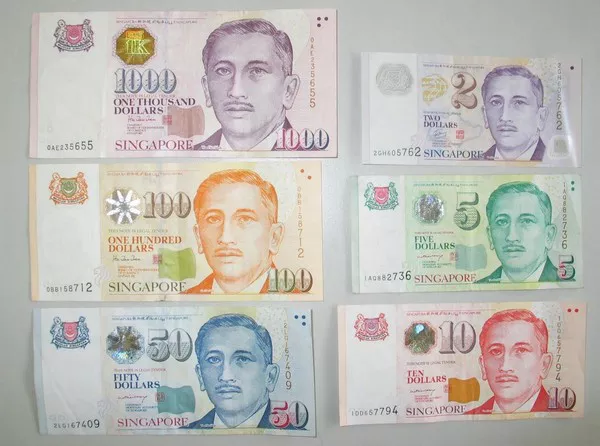Singapore, known for its thriving economy and global financial center, boasts a currency of its own—the Singapore dollar (SGD). As a key player in Southeast Asia, Singapore’s currency plays a pivotal role in facilitating domestic transactions, international trade, and financial activities. In this article, we will explore the Singapore dollar, its history, features, and its significance in Singapore’s economic landscape.
Historical Context:
Introduction of the Singapore Dollar:
The Singapore dollar was introduced in 1965, following Singapore’s separation from Malaysia. It replaced the Malaysian dollar, and the issuance of Singapore’s currency was entrusted to the newly established Monetary Authority of Singapore (MAS). The introduction of the Singapore dollar symbolized Singapore’s economic independence and its journey towards becoming a global financial hub.
Adoption of a Managed Floating Exchange Rate:
Singapore operates on a managed floating exchange rate system, where the value of the Singapore dollar is determined by a basket of currencies. This system allows the Singapore dollar to maintain stability while accommodating market forces and economic fundamentals.
Key Features and Denominations:
Currency Denominations:
The Singapore dollar is subdivided into 100 cents and is available in various denominations. Currency notes come in denominations of $2, $5, $10, $50, $100, $1,000, and $10,000, while coins are available in denominations of 5 cents, 10 cents, 20 cents, 50 cents, $1, and $5.
Security Features:
To ensure the security of the currency, Singapore notes and coins incorporate advanced security features, including unique designs, watermarking, security threads, and tactile features for the visually impaired. These measures help deter counterfeiting and maintain trust in the currency.
Importance and Use:
Domestic Transactions and Everyday Use:
The Singapore dollar is widely used for domestic transactions in Singapore. It is accepted by all businesses, including retail stores, restaurants, and service providers. The currency’s easy accessibility and widespread acceptance make it the primary medium of exchange for daily transactions.
International Trade and Financial Center:
As a global financial hub, Singapore plays a vital role in international trade and finance. The Singapore dollar is widely accepted in the country’s vibrant commercial sector and facilitates trade activities with other countries. Moreover, Singapore’s robust financial services industry attracts international businesses, further increasing the use of the Singapore dollar.
Monetary Policies and Stability:
Monetary Authority of Singapore (MAS):
The MAS is Singapore’s central bank and plays a crucial role in managing the country’s monetary policies. The MAS focuses on maintaining price stability, ensuring a low and stable inflation rate, and promoting sustainable economic growth. Its policies aim to foster stability, support economic development, and preserve the integrity of the Singapore dollar.
Exchange Rate Policy:
Singapore’s exchange rate policy is centered around maintaining price stability and supporting economic objectives. The MAS manages the Singapore dollar’s exchange rate within an undisclosed policy band, allowing for flexibility and adjustment to accommodate economic fluctuations and external market forces.
Digital Payments and Innovation:
Digital Transformation:
Singapore has embraced digital payments and is at the forefront of fintech innovation. The government and financial institutions have actively promoted the use of electronic payments, including mobile wallets and digital payment platforms. These initiatives have transformed the payment landscape, making digital transactions commonplace in Singapore.
Singapore’s Central Bank Digital Currency (CBDC) Exploration:
The MAS has been exploring the development of a central bank digital currency (CBDC), known as the Digital Singapore Dollar (SGD). This initiative aims to enhance efficiency, security, and financial inclusion. If implemented, the SGD CBDC would further propel Singapore’s digital transformation and the evolution of its currency.
Conclusion:
The Singapore dollar, the currency of Singapore, is an integral part of the country’s economic landscape. As Singapore solidifies its position as a global financial center, the Singapore dollar continues to play a vital role in domestic transactions, international trade, and financial activities. Its stability, wide acceptance, and advanced security features contribute to the confidence placed in the currency. With ongoing digital transformations and innovations in Singapore’s financial sector, the Singapore dollar is poised to adapt to the changing landscape and remain a pillar of Singapore’s economic success.


